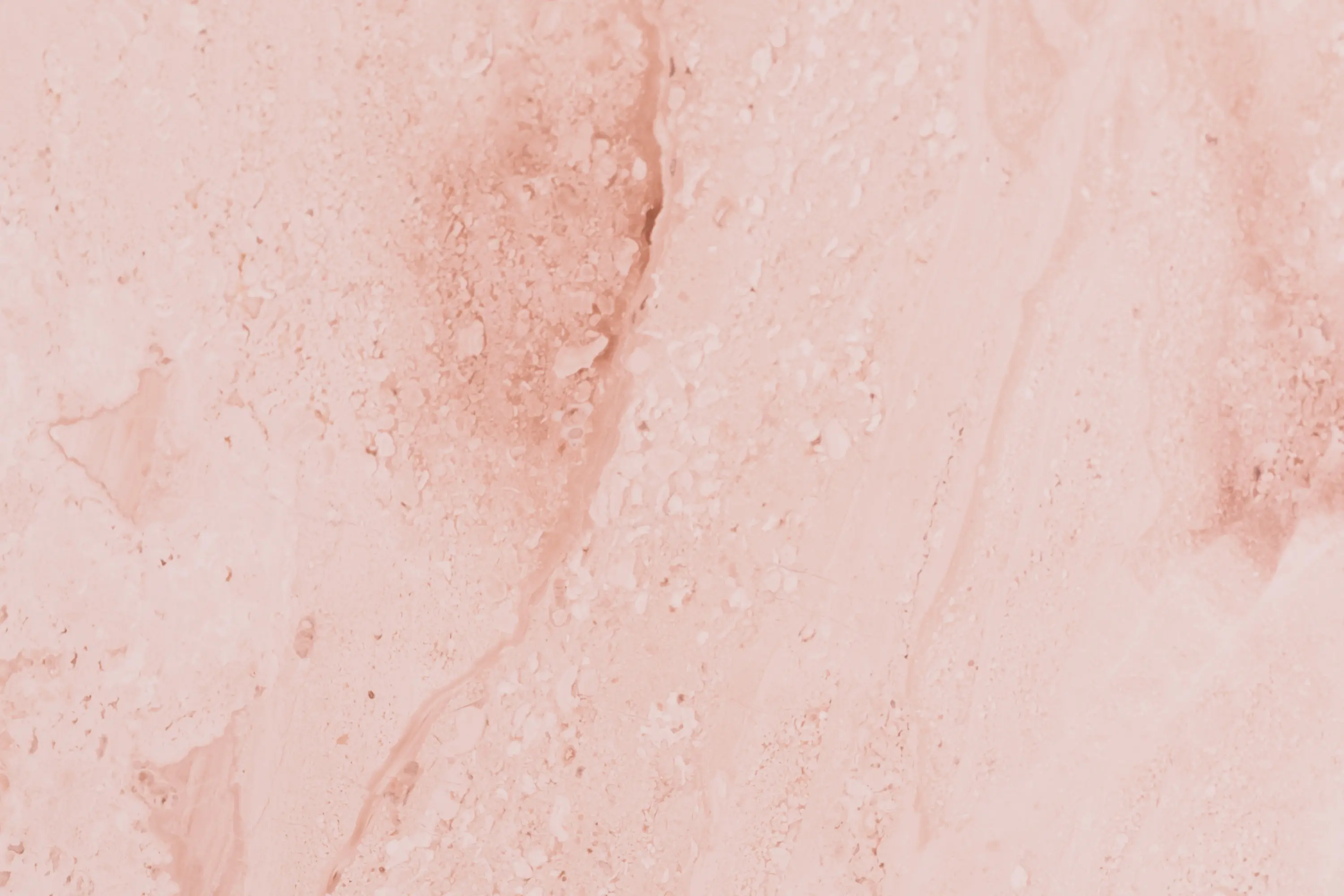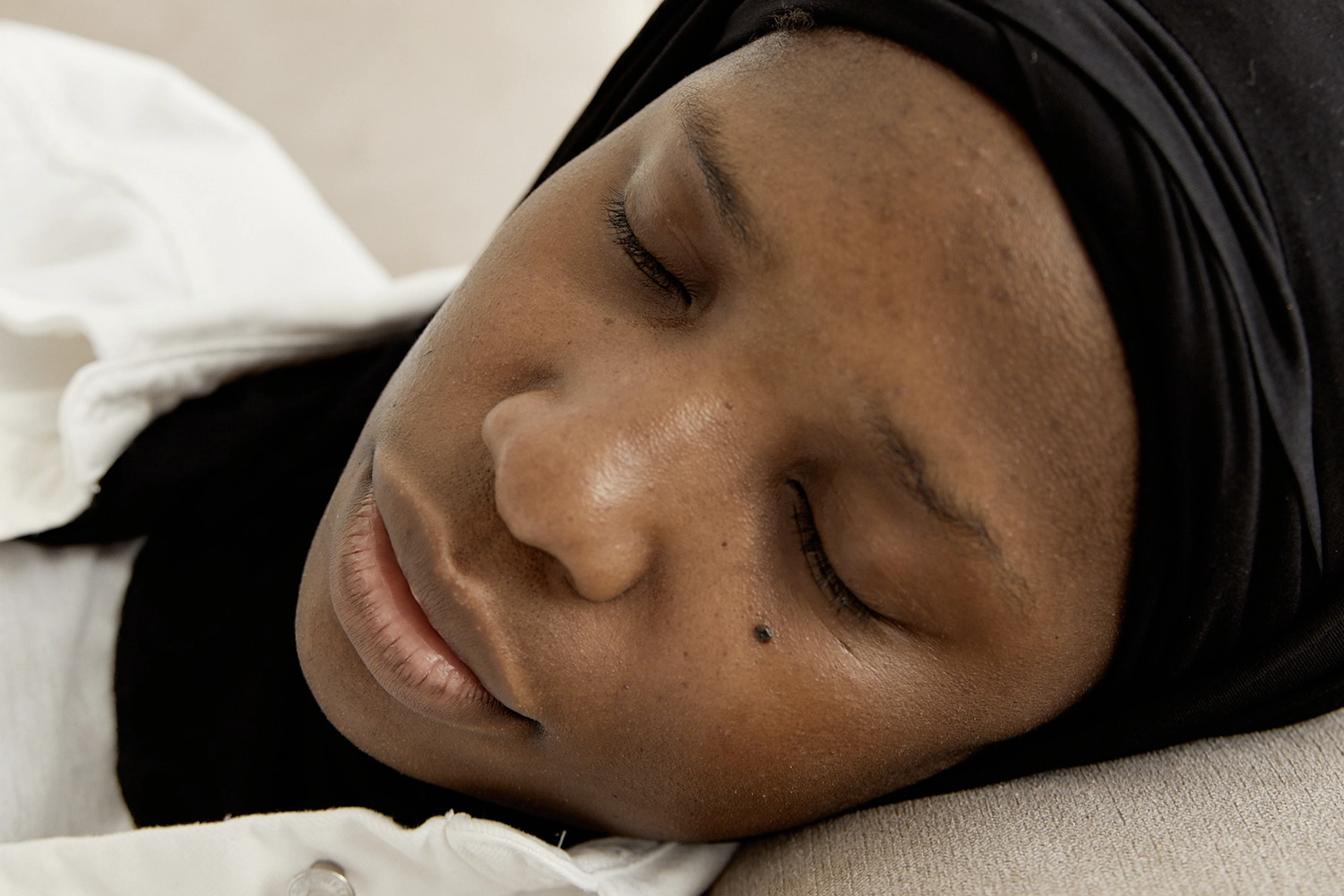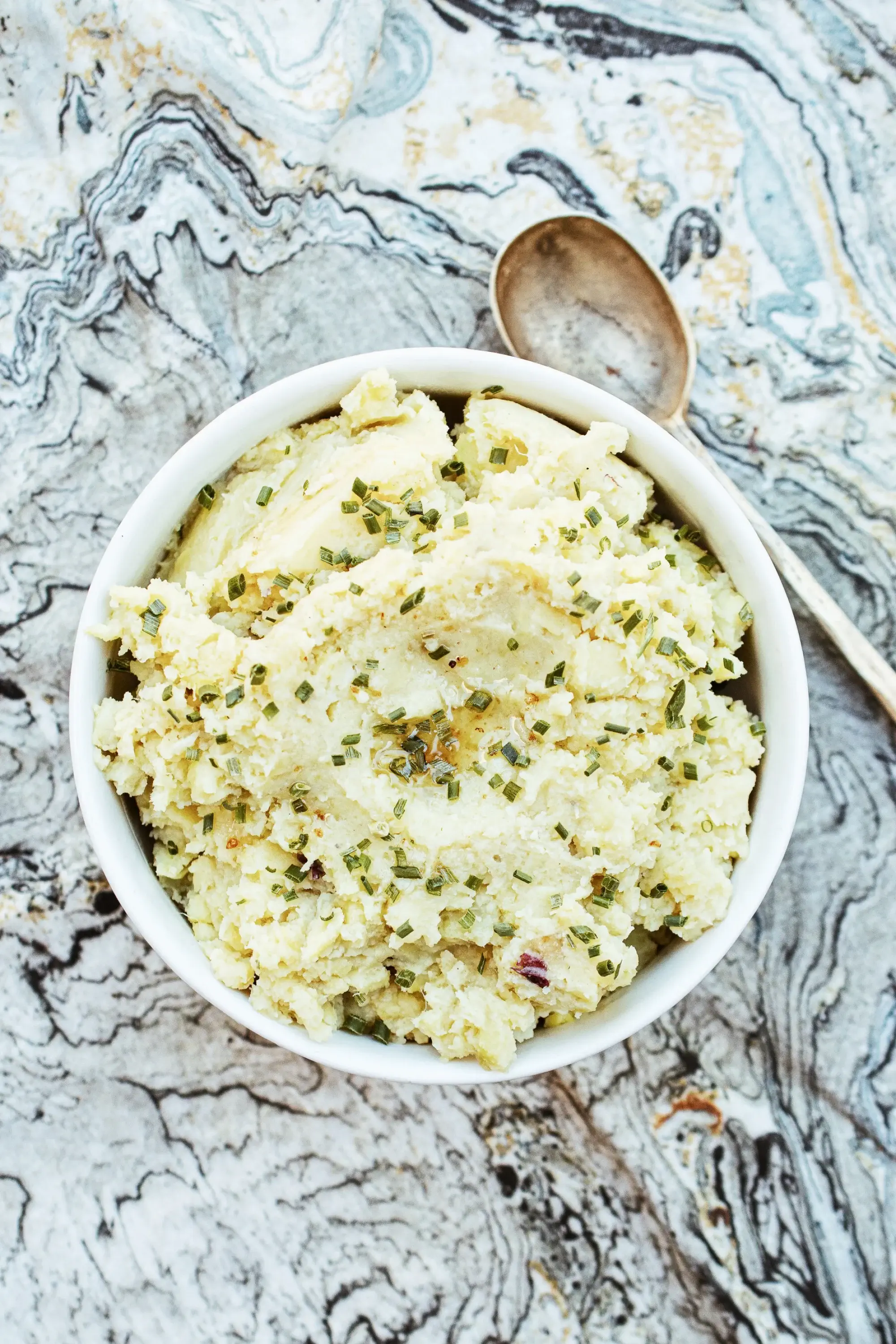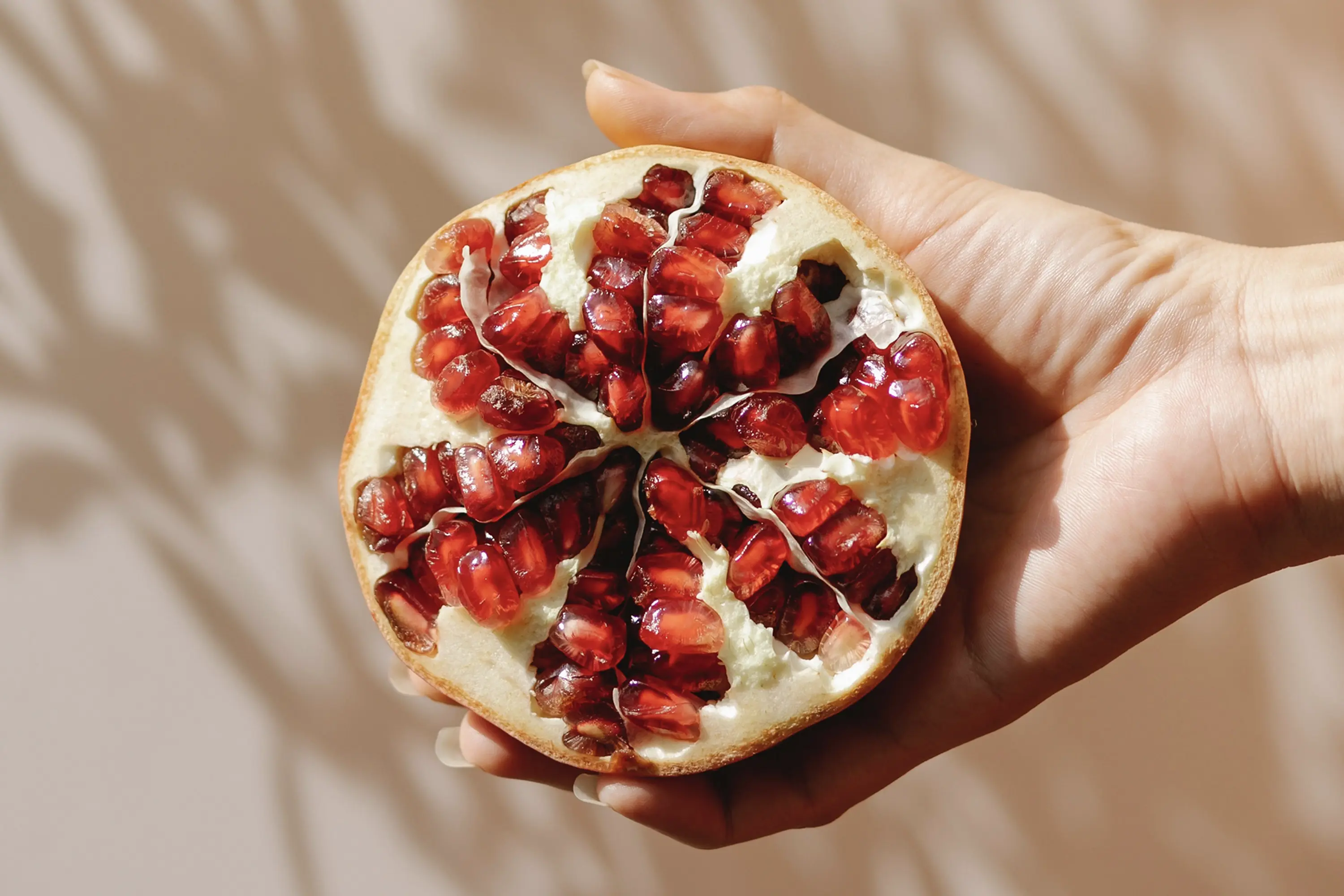Many kinds of yeasts live in the intestinal tract, where they play key roles in protecting the gut and making essential nutrients more bioavailable. In fact, as early as the 1920s, researchers were studying yeast lines that would later be used as probiotics. Included among these beneficial yeasts are species of the genus Candida, but one particular species, Candida albicans, can also be harmful. (Source)
Candida albicans dwells in places such as the gastrointestinal tract, vagina, throat, and mouth. Like most yeasts and bacteria in the human body, C. albicans is harmless when kept in check. However, this yeast has earned a reputation as an “opportunist” due to its readiness to overgrow when conditions allow for it.
Most Candida infections are easily treated with antifungal medications, but it is possible treatment could cause a temporary increase in symptoms, sometimes called a Candida die-off. In this post, we explore the phenomenon known as Candida die-off, whether you should try a Candida cleanse diet, and how to manage candida die off symptoms.
Yeasts and Our Immune System
Probiotic yeasts play a key role in aiding our immune system. The yeast Saccharomyces boulardii is able to trap T cells in the colon, limiting inflammation and inhibiting Inflammatory bowel disease (IBD). Yeasts also help maintain our epithelial tissue, or the protective lining around our organs, and protects our epithelial cells from infections. (Source, Source)
But What About Yeast Infections?
However, if the amount of yeast in your body becomes unbalanced and a yeast overgrowth occurs, an infection results. Candida albicans is an example of a yeast that is commonly associated with yeast infections. Yeast infections can be treated with antifungal medication, but sometimes this rapid killing of yeast could temporarily make symptoms worse. (Source)
What Is Candida Overgrowth?
Although Candida is normally part of a healthy microbiome, an abnormal growth of Candida yeast cells results in a fungal infection known as candidiasis. Candidiasis generally occurs when your immune system is compromised or suppressed and unable to regulate your yeast levels. When this happens, Candida’s opportunistic nature kicks in.
Candida albicans is pleomorphic, meaning it has the unique ability to morph between three different states: yeast (single cell), hyphae (branching filaments), and pseudohyphae (chains of cells). It can use a mixture of these states to build up complexes called biofilms, which are resistant to environmental stressors and antifungal drugs. These biofilms are protected against attack by immune cells such as macrophages and neutrophils, making C. albicans a difficult yeast to treat at times. (Source)
Although the root cause of candidiasis is unknown, some predisposing factors include:
- underlying diseases, such as hypothyroidism, diabetes mellitus, and cancer
- poor diet
- overuse of antibiotics
- a weakened immune system
(Source)
Types of Candida Overgrowth and Their Symptoms
Genitourinary Candidiasis
Genitourinary candidiasis can be divided into vulvovaginal candidiasis (VVC) and candidal balanitis. Vulvovaginal candidiasis, more commonly known as a vaginal yeast infection, affects millions of women each year with up to 75% of women experiencing at least one yeast infection in their life. Candidal balanitis, on the other hand, occurs in men and causes the glans penis, or the rounded tip of the penis, to become inflamed.
Symptoms of genitourinary candidiasis include:
- itching
- burning
- soreness
- white secretion (VVC)
- small bumps, sometimes containing pus (candidal balanitis)
Although the specific cause of VVC is unknown, pregnancy, use of antibiotics, and genetics are thought to play a role. Candidal balanitis is more common in individuals with diabetes and is usually acquired sexually. (Source)
Oral Candidiasis
Oral candidiasis is commonly known as oral thrush and can affect the mouth, throat, and esophagus (the tube connecting the throat to the stomach).
Symptoms of oral candidiasis may include:
- pain and soreness
- white patches of plaque
- redness at the corners of the mouth
In adults, this infection is most common in immunocompromised individuals and those with dental prostheses, such as dentures and implants. It may be the first opportunistic infection to show up in a person with HIV. (Source)
Anal Candidiasis
Anal candidiasis most commonly affects children, but adults can also be affected.
Symptoms of anal candidiasis may include:
- intense itching
- burning
- lesions leading from the anus up along the buttocks
Like other types of candidiasis, the cause of anal candidiasis remains unknown. (Source)
Candidal Intertrigo
Candidal intertrigo is an infection that develops in skin folds or surfaces where the skin rubs together. This infection is more common in obese individuals who live in hot climates. Friction, poor ventilation, and moisture can cause lesions to develop in areas such as the neck, abdomen, or eyelids. Candidal intertrigo is usually easily diagnosed by appearance.
Symptoms of candidal intertrigo may include:
- painful lesions
- itching
- burning
(Source)
Invasive Candidiasis
Candida in the bloodstream is called candidemia. Once in the blood Candida can spread to other parts of the body, causing invasive candidiasis. This serious infection can target the blood, bones, heart, eyes, brain, and other organs.
Though it is difficult to distinguish invasive candidiasis symptoms from those of an underlying medical condition, common symptoms include:
- fever
- chills
- lack of response to antibiotics
(Source, Source)
Is There a Candida Test?
Candida can grow in many parts of the body, so there is no single Candida test.
Vaginal Candida Test
Many women have Candida living harmlessly in their vaginas, and it usually won’t be treated as an infection unless there are other symptoms, such as redness and itching. If vaginal candidiasis is suspected, a sample of the vaginal discharge is examined under a microscope. (Source)
Stool Candida Test
Candida is commonly found in the intestines of healthy people, so stool tests for Candida are of limited use. (Source)
Urine Candida Test
Infections of the urinary tract with Candida are rare but do occur. Testing urine for the presence of Candida tends to be inconclusive because of the high probability the yeast actually came from elsewhere, such as the vagina. Care must be taken to get a clean, uncontaminated sample. (Source)
Mouth, Throat, and Esophagus Candida Tests
For candidiasis in the mouth or throat, a health care provider can usually make a diagnosis just by looking at the area, but they might also take a sample for microscopic examination. (Source)
Antibody Testing for Invasive Candida
Invasive Candida is notoriously hard to diagnose because its symptoms are common to many medical conditions. Testing for antibodies against specific proteins expressed by Candida cells is a promising solution to this problem. So far antibody testing is only done on blood, and only in cases of systemic candidiasis. (Source)
What Is Candida Die-Off?
Most yeast infections are easy to treat, but it is thought complications can arise any time pathogens such as bacteria or fungi are rapidly cleared from parts of your body. Treating Candida overgrowth with antifungal medication might lead to an adverse reaction some call Candida die-off.
Candida Die-Off: The Jarisch-Herxheimer Reaction
When we talk about Candida die-off, we’re actually talking about the Jarisch-Herxheimer reaction (JHR). The JHR is named after Adolf Jarisch and Karl Herxheimer, 19th-century dermatologists who noticed that treating their patients’ syphilis with an antibiotic sometimes led to a temporary increase in symptoms. The cause of this reaction isn’t entirely understood, but it’s thought to be related to rapid destruction of disease-causing microbes. (Source)
So what might happen on a biological level with a Candida die-off? When you take antifungal medication for a yeast infection, the dying yeast might release inflammatory toxins known as endotoxins and pro-inflammatory proteins called cytokines, provoking a strong but limited immune reaction.
Despite one suggestive case report (Source), it hasn’t been proven that the JHR occurs with treatment for C. albicans. However, the reaction has been found to occur with treatment of a variety of microbes including bacteria, protozoa, and other fungi, and it’s possible it occurs with Candida.
What Are the Symptoms of Candida Die-Off?
Although research hasn’t proven JHR occurs with Candida die-off, we know what kind of symptoms may be involved. Symptoms can vary from one individual to another and depend on the original infection, but there are a few that are commonly experienced:
- fever
- chills
- worsening of infection
- joint pain
- muscle pain
- flushed skin
- low blood pressure
- elevated heart rate
- worsened rash
(Source, Source)
These symptoms generally occur within hours of taking medication, but the length of symptoms experienced depends on the symptoms of the original infection, as well as the medication taken. (Source)
Is Candida Die-Off Treatable?
Yes, Candida die-off is reversible! Jarisch-Herxheimer reactions are usually self-limiting, and mild Candida die-off cases generally improve within 24 hours. Your health care provider may recommend reducing or discontinuing use of antifungal medication, but this isn’t always necessary.
Pain relief and anti-inflammatory drugs like acetaminophen or ibuprofen can be taken to lessen symptoms. Vitamin C is considered by some to strengthen the immune system. If you are considered high risk, such as if you are pregnant or immunocompromised, a health care professional should be consulted and your infection monitored closely. (Source)
How to Use the Candida Cleanse Diet to Avoid Candida Die-Off
The Candida cleanse diet is a low-sugar, anti-inflammatory diet promoted as a way to reverse or prevent Candida overgrowth and Candida die-off. This diet was conceived as a treatment for candidiasis and advises elimination of certain foods believed by some to encourage Candida growth, including refined sugars, milk and dairy products, and any foods that are high in fungi or yeasts.
The idea behind the Candida diet is that Candida feeds on these particular foods, and so by cutting them from your diet you limit its growth in your body. (Source) However, solid scientific evidence for the Candida diet is hard to find.
Step 1: Cleanse
Cleansing through a detox diet is meant to eliminate toxins or pollutants and prepare your body for a sudden change in diet. Although there is evidence supporting the ability of seaweed and coriander to eliminate toxins, there is no strong evidence in favor of detox diets as a whole. (Source)
Step 2: Diet
After cleansing, you are prepared to cut out food that C. albicans is thought to thrive on and introduce foods that restore your gut. The length of this phase is entirely up to you. Listen to how your body responds, consult a health care provider as needed, and do what is best for you.
Recommended guidelines for the Candida cleanse diet include:
- Take supplements and probiotics to support your liver, alleviate inflammation, and restore your gut with good bacteria.
- Add coconut oil to your diet, as there is evidence that coconut oil can reduce C. albicans colonization in the gastrointestinal tract. (Source)
- Avoid foods high in sugar or starch as it may promote Candida colonization and growth, especially if you are immunocompromised.
Limitations of the Candida Cleanse Diet
For the most part, there is scientific evidence supporting the rules of the Candida diet. However, there is also a lack of evidence for the elimination of some foods. For example, the Candida diet limits carbohydrate consumption even though there is no proven relationship between carbohydrate intake and Candida growth. (Source, Source)
The Candida diet also advises avoiding milk because of its inflammatory effects and high lactose content. However, dairy has been shown to have no pro-inflammatory effects and there is even evidence it may have anti-inflammatory effects. On the other hand lactose, the sugar in milk, may promote Candida colonization, although more research is needed to understand the effect lactose might have on Candida growth. (Source, Source)
Candida Diet Recipes
It’s hard to restructure all of your meals to fit a diet, but luckily, there are tons of recipes online tailored to the Candida cleanse diet.
Source: Fork and Beans
This green smoothie recipe makes it easy to incorporate vegetables and low-sugar fruits into your meals. It provides options for different fats, flavorings, thickeners, fruits, and greens so you can make the smoothie that suits your needs.
Source: The Candida Diet
This recipe takes probiotics to the next level by adding naturally fermented sauerkraut to a big bowl of low-starch greens. High in probiotic bacteria, the Happy Gut Bowl will leave your gut balanced, healthy, and restored.
Source: Christina the Channel
Not only are these pancakes quick, easy, and delish to make, but they are packed with cinnamon, collagen, and flaxseed. This means you’re nourishing your gut with a good amount of fiber and healthy fats, while avoiding dairy and excessive sugar.
Does Candida Overgrowth Cause Leaky Gut?
Leaky gut syndrome is believed to occur when the intestinal tract lining allows pathogens and other substances to pass from the gut into the bloodstream, leading to tissue damage and inflammation throughout the body. Researchers began exploring the connection between leaky gut and chronic Candida overgrowth after realizing the similar effect both conditions have on the gut.
Candida Colonization and Allergic Reactions
About 70% of healthy adults have yeasts such as C. albicans in their gut. A problem arises when there is chronic or severe yeast colonization that triggers an allergic reaction in the individual. Leaky gut, on the other hand, can also be brought about by food allergies. This raises the question of whether the allergic reactions that C. albicans triggers are the same reactions causing leaky gut. (Source)
Candida and the Intestinal Wall
A more direct link between Candida and leaky gut lies in the destruction of the intestinal wall. Your gut microbiome hosts an entire community of microorganisms that keeps your gut environment healthy and controls the growth of yeasts such as Candida. However, if these microflora are disrupted through the use of antibiotics or a poor diet, Candida in the gut may flourish.
In severe cases, Candida may invade and damage the cells that line the intestines and loosen the connections between them, possibly leading to leaky gut. However, the relationship between Candida overgrowth and leaky gut continues to be studied and is not yet proven to be causal.
(Source, Source)
Four Ways to Avoid Candida Die-Off
Not everyone with candidiasis will experience Candida die-off, but there are measures you can take to reduce your chances of going through this uncomfortable reaction.
1. Consult Your Health Care Provider on Preventative Antibodies
Taking a TNF-alpha antibody before or during your antifungal medication might help lessen or prevent Candida die-off symptoms. TNF-alpha antibodies are special proteins that regulate immune cells. They have been shown to help control the JHR inflammatory response, and so they might help with Candida die-off. (Source)
2. Support Your Liver
Look into milk thistle supplements, which can help your liver to better remove toxins that might be released by C. albicans. Milk thistle is a plant whose extract has antifungal abilities, promotes liver regeneration, and reduces inflammation. Since your liver is responsible for detoxifying and removing toxins from your body, it’s important to do everything you can to protect it. (Source)
3. Look Into the Candida Cleanse Diet
To limit Candida overgrowth and avoid Candida die-off, slowly incorporate anti-inflammatory, low-sugar, and low-starch options into your diet and listen to your body’s reactions. If a meal substitution doesn’t work for you, give your gut time to adjust and find another dish in the meantime.
4. Take Probiotics
Probiotics may help regulate your Candida levels and work to introduce good bacteria into your gut, which could help avoid a Candida overgrowth in the first place. (Source)
The Bottom Line on Candida Die-Off
Candida infections, or candidiasis, are caused by an overgrowth of the yeast C. albicans. The Candida cleanse diet can be used to prevent or treat candidiasis. However, the rapid clearance of yeast from the body may trigger an adverse reaction known as Candida die-off, which is thought to occur when the yeast being cleared releases toxins and sets off another round of inflammation. To avoid Candida die-off, consider following the Candida cleanse diet, using probiotics to restore your gut microbiome, or consulting your health care provider about lowering your dose of antifungal medication.

.svg)
.png)








.webp)


%201 (1).webp)
.webp)


.png)

 (1).webp)









 (1).jpeg)

.webp)
.webp)

.webp)

 (2).webp)


 2 (1).webp)




.svg)
.svg)